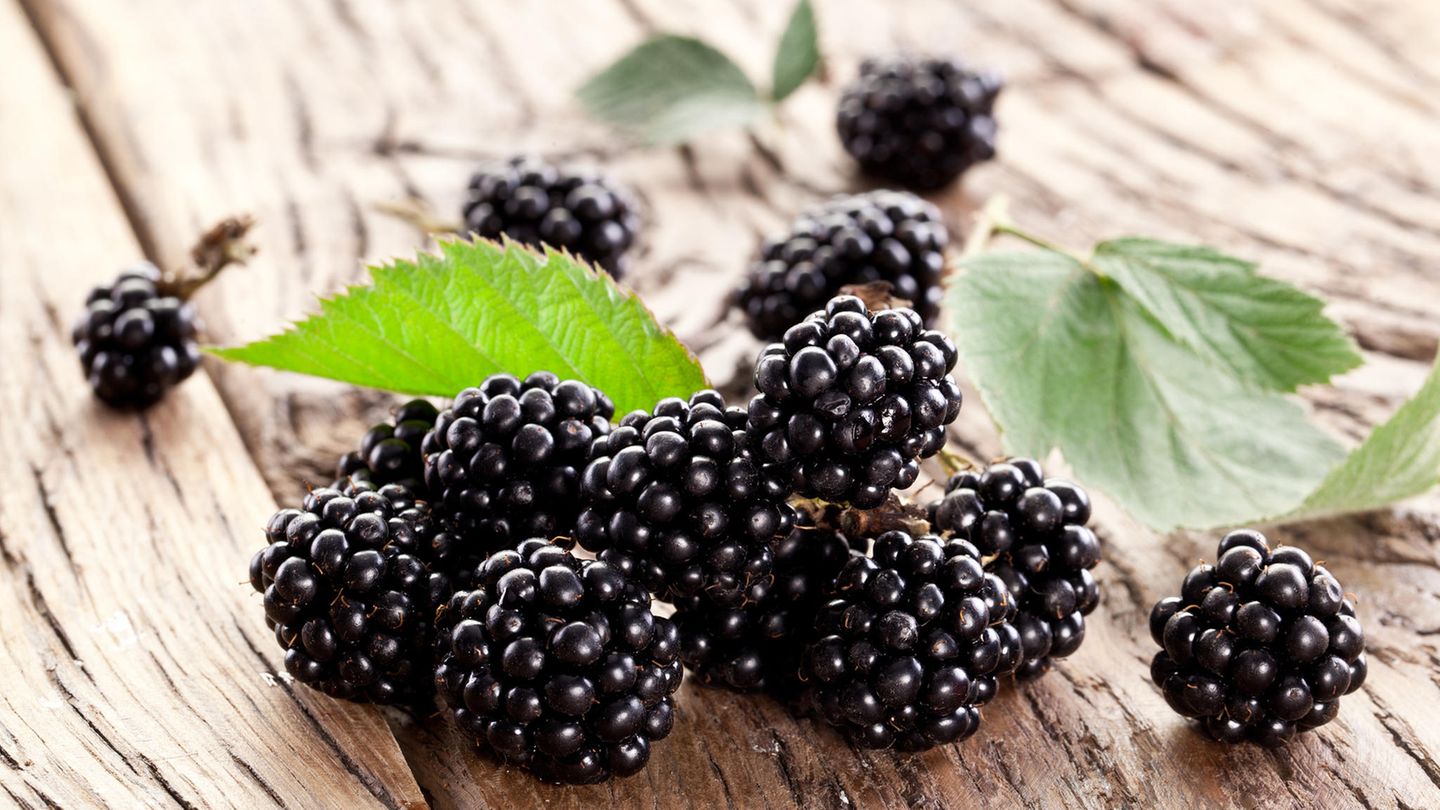Without repentance
Twelve alternatives for everyone who doesn’t want to leave the snack
Copy the current link
Add to the memorial list
Snocking is fun, but often comes with side effects – bacon on the hips, holes in the teeth. Does it have to be that way? Twelve alternatives for better snacks in between.
A donut here, a piece of chocolate there – snacking can sweeten the day. Just wouldn’t be the sugar problem. The view of tooth decay, diabetes and Co can make your pleasure. It does not have to be avoided. You just have to know how to do better.
If you eat an apple instead of the biscuit as a snack, you can calm down that the grip on the fruit is the better choice. The German Society for Nutrition (DGE) recommends two portions of fruit a day, which is about 250 grams. To estimate how large a portion is, your own hand can be used as a unit of measurement. A portion of fruit is, for example, an apple or two hands full of raspberries. The fructose it contains, the so -called fructose, is different from a long time, no better than ordinary household sugar (sucrose).
What many may not know that fruit does not only contain fructose sugar, but also glucose. The composition is therefore like a household sugar, which also consists of fruit and glucose. For a long time, however, the fructose was considered a healthy sweetness because it does not need an insulin in the metabolic change. He even became diabetic: recommended on the inside, explains nutritionist. To small parts, fructose is metabolized in the muscles, but the main work takes over the liver. The organ converts the fructose into glycogen.
Snack fruits
It becomes problematic when too much fructose is absorbed, explains the sports doctor Ingo Froböse. In one he says: “There is a fructose backlog. The liver can no longer edit the fructose. There is only one solution for the liver – it converts the fructose directly into fat.” The danger is that the liver greases and there is a fatty liver. So too much fructose should not be absorbed. However, this is not only contained in fruits, but is also used in all sorts of processed foods. For example in lemonades or cookies. Froböse recommends: “Fruit sugar should best be absorbed through fruit.” In the case of processed products, consumers should: look at the list of ingredients and avoid products with fructose.
But there are also big differences in sugar content with the fruits. Bananas, for example, are a real sugar bomb with 18.4 grams of sugar per 100 grams. Beeren fruit, for example, blueberries, on the other hand, only contain a little sugar (7.4 grams of sugar per 100 grams). If you want to feed sugar arms, you should better replace the banana with berries in the morning muesli. Incidentally, the World Health Organization recommends not taking more than 25 to 50 grams of sugar every day. The Germans eat an average of around 89 grams of sugar a day.
Source: Stern
I’m Caroline, a journalist and author for 24 Hours Worlds. I specialize in health-related news and stories, bringing real-world impact to readers across the globe. With my experience in journalism and writing in both print and online formats, I strive to provide reliable information that resonates with audiences from all walks of life.




